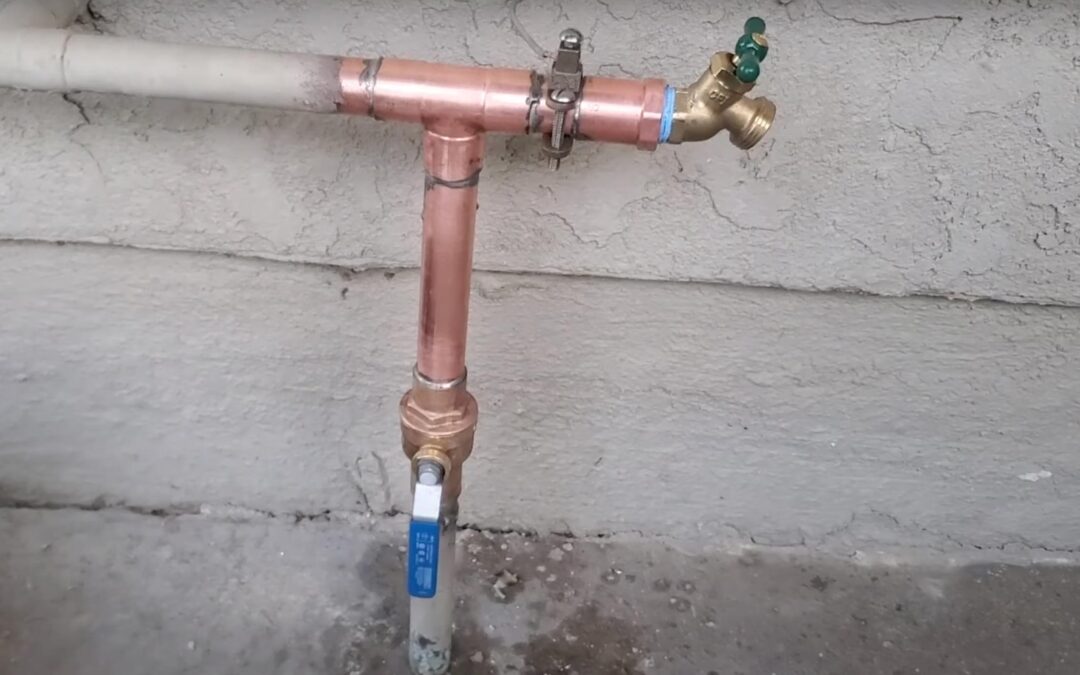When it comes to plumbing repairs and upgrades, knowing how to solder a new ball valve and replace an old gate valve can save you time and money. This comprehensive guide will walk you through the process step-by-step, providing new ideas and advice to ensure a successful installation. By mastering this skill, you’ll have the confidence to tackle plumbing projects and maintain a well-functioning plumbing system in your home.
- Assessing the Situation: Before beginning the project, assess the condition of the old gate valve and the area where you will install the new ball valve. Ensure that the water supply is shut off and that you have the necessary tools and materials on hand. Inspect the pipes for any signs of corrosion or damage, and consider if any additional repairs or replacements are needed before proceeding.
- Removing the Old Gate Valve: To remove the old gate valve, use a pipe cutter to cut the pipe on both sides of the valve. Be sure to make clean, straight cuts to ensure a proper fit for the new ball valve. Once the cuts are made, use a wrench to loosen and remove the old valve from the pipes. Clean the pipe ends thoroughly to remove any debris or old pipe thread tape.
- Preparing the Pipes: To prepare the pipes for soldering, use emery cloth or sandpaper to clean the outside of the pipes and the inside of the new ball valve fittings. This step is crucial for creating a secure and leak-free connection. Make sure to remove any burrs or rough edges from the pipe ends to ensure a smooth and even solder joint.
- Applying Flux and Assembling the Joints: Apply a thin layer of flux to the cleaned pipe ends and the inside of the ball valve fittings. Flux helps promote solder flow and creates a strong bond between the pipe and the valve. Insert the pipe ends into the corresponding fittings of the ball valve, ensuring a snug fit. Align the valve in the desired position, making sure it is oriented correctly for the flow of water.
- Soldering the Joints: With the pipes and fittings in place, it’s time to solder the joints. Use a propane torch to heat the area around the joint evenly. Once the pipes and fittings are hot, touch the solder wire to the joint. The solder should melt and flow smoothly into the joint, creating a watertight seal. Ensure that the solder flows completely around the joint for a secure connection. Allow the joint to cool naturally without disturbing it.
- Testing and Finishing Up: After the soldered joint has cooled, use a clean cloth and water to remove any excess flux or solder residue. Once the area is clean, turn on the water supply to test for leaks. Carefully inspect the soldered joint and the surrounding area for any signs of water leakage. If leaks are detected, shut off the water supply and repeat the soldering process, ensuring proper cleaning and flux application.
- Additional Tips and Considerations:
- It’s recommended to practice soldering on scrap pieces of pipe before attempting the actual installation to gain confidence and refine your technique.
- Take your time during the soldering process and ensure that the pipes and fittings are heated evenly to achieve a strong and reliable joint.
- Consider using a heat-resistant cloth or shield to protect adjacent surfaces or materials from the direct heat of the torch.
- If the existing pipes are in poor condition or difficult to access, it may be beneficial to consult a professional plumber to ensure a proper installation.

